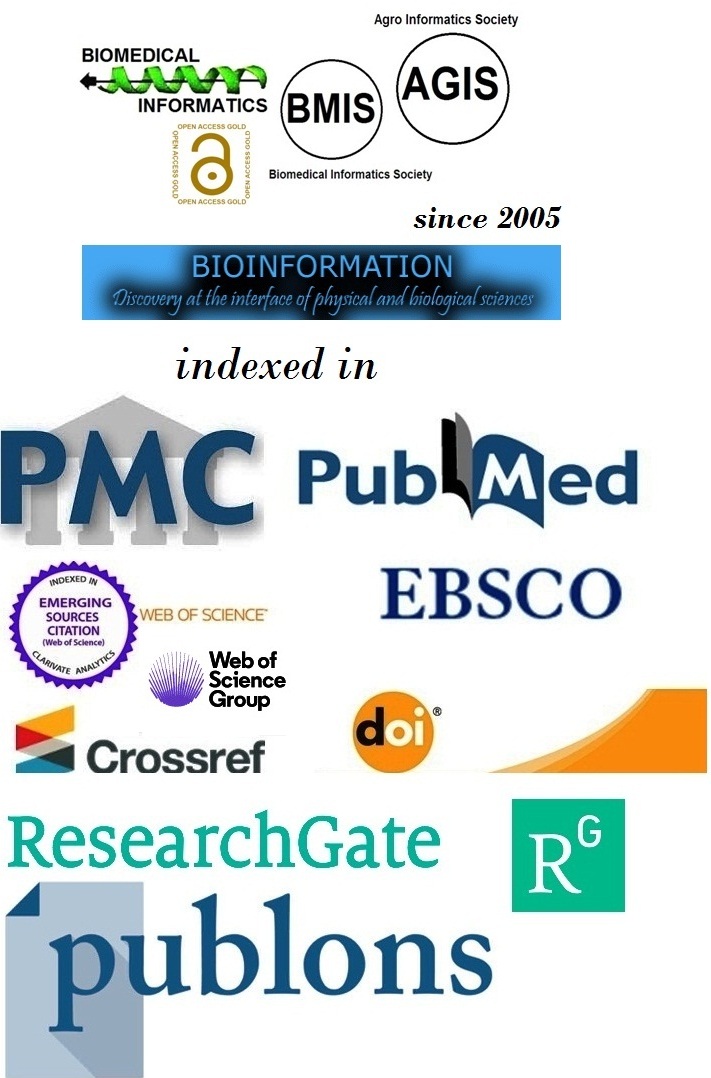Title
Osseo-integration potential of zirconia versus titanium implants
Authors
Pratesh Dholabhai1, Surabhi Thakur2, Deepak Sharma3,*, Narendra Sathish4, Sunil kar5 & Sameer Gupta6
Affiliation
1Department of Oral and Maxillofacial Surgery, K.M Shah Dental College and Hospital, Sumandeep Vidyapeeth Deemed to be University, Pipariya, Vadodara, Gujarat, India; 2Department of Prosthodontics and Crown & Bridge, Seema dental college and hospital, Rishikesh, Uttarakhand, India; 3Oral And Maxillofacial Surgeon, Private Practioner, JP Dental Clinic, Morena, Madhya Pradesh- 476001, India; 4Department of Prosthodontics and Implantology, CAPF’s Composite Hospital BSF Guwahati Assam, India; 5Department of prosthodontics, IDS, SOA University, Bhubaneswar, Odisha, India; 6Department of Oral & Maxillofacial Surgery, Inderprastha Dental College and Hospital, Sahibabad, Ghaziabad, Uttar Pradesh - 201010, India; *Corresponding author
Pratesh Dholabhai - E - mail: pratesh1994@gmail.com; Phone:
9429075992
Surabhi Thakur - E - mail: thakursurabhi8@gmail.com;
Deepak Sharma - E - mail: drdeepaksharma2900@gmail.com
Narendra Sathish - E - mail: narendra.sathish@gmail.com
Sunil kar - E - mail: sunilkar888@gmail.com
Sameer Gupta - E - mail: sameer.gupta83@yahoo.in; Phone: 9873941402
Article Type
Research Article
Date
Received February 1, 2025; Revised February 28, 2025; Accepted February 28, 2025, Published February 28, 2025
Abstract
The success of dental implants depends on osseo-integration because titanium (Ti) maintains good mechanical stability while zirconia (Zr) prevents bacterial adhesion. The early-stage adhesion of MG-63 osteo-blast-like cells to Ti surfaces reached 78% ± 2.5% during the initial period (p<0.05). However, Zr demonstrated superior long-term cell proliferation and mineralization throughout the analysis period (p<0.05). The alkaline phosphatase (ALP) levels at day 7 remained comparable between Ti (1.25 ± 0.09 U/mL) and Zr (1.18 ± 0.07 U/mL) while Zr showed better growth of mineralized surface at day 14. Nonetheless, additional testing using animal subjects are required to confirm Zr as a suitable substitute for Ti implants.
Keywords
Zirconia implants, titanium implants, osseo-integration, osteoblasts, in vitro study, dental implants
Citation
Dholabhai et al. Bioinformation 21(2): 161-164 (2025)
Edited by
Hiroj Bagde MDS, (PhD), PGDCR, PGDHHM, PGDL, PGDM
ISSN
0973-2063
Publisher
License
This is an Open Access article which permits unrestricted use, distribution, and reproduction in any medium, provided the original work is properly credited. This is distributed under the terms of the Creative Commons Attribution License.
